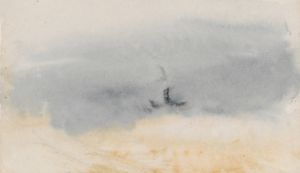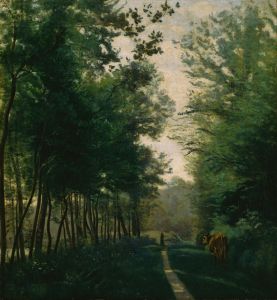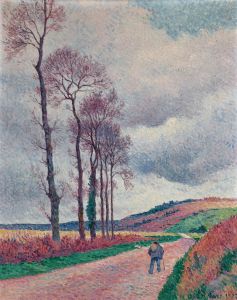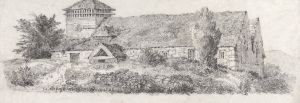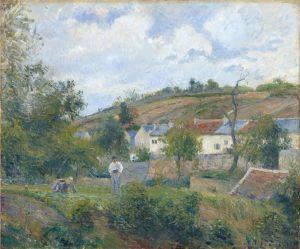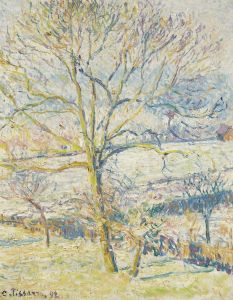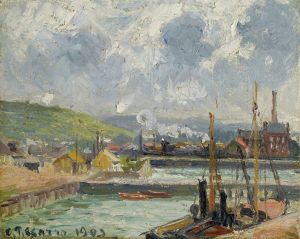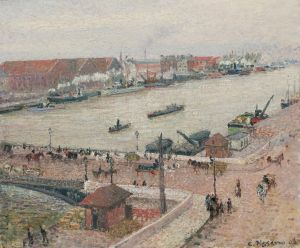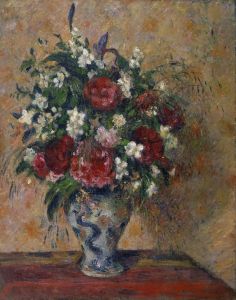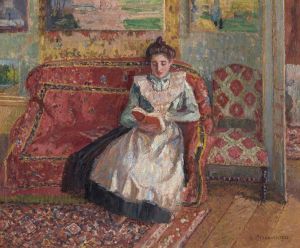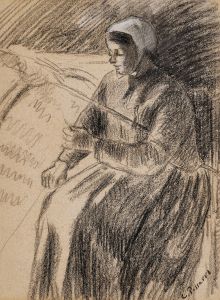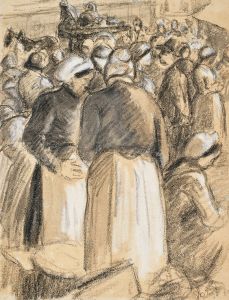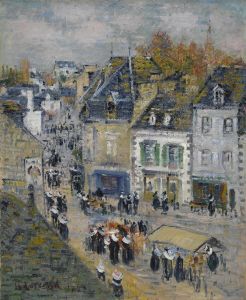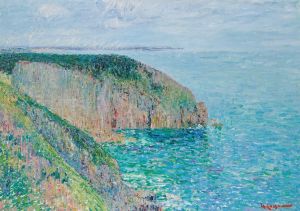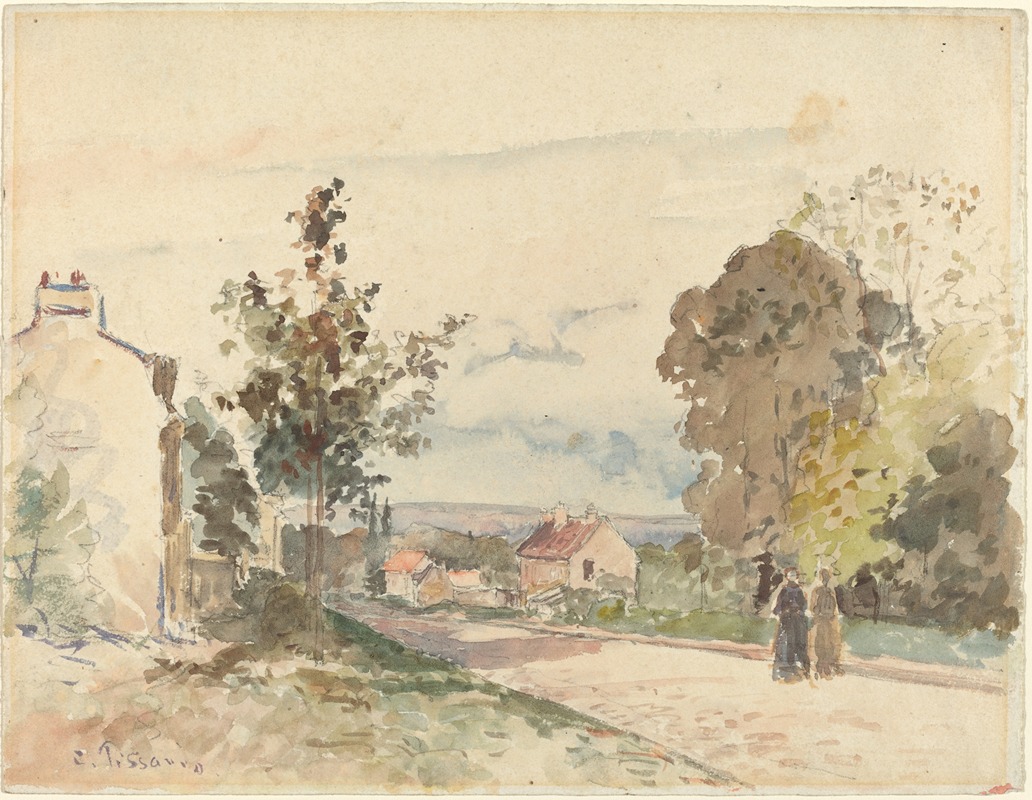
The Road from Versailles to Louveciennes
A hand-painted replica of Camille Pissarro’s masterpiece The Road from Versailles to Louveciennes, meticulously crafted by professional artists to capture the true essence of the original. Each piece is created with museum-quality canvas and rare mineral pigments, carefully painted by experienced artists with delicate brushstrokes and rich, layered colors to perfectly recreate the texture of the original artwork. Unlike machine-printed reproductions, this hand-painted version brings the painting to life, infused with the artist’s emotions and skill in every stroke. Whether for personal collection or home decoration, it instantly elevates the artistic atmosphere of any space.
Camille Pissarro's painting "The Road from Versailles to Louveciennes" is a notable work by the Danish-French Impressionist painter, who is recognized as one of the pivotal figures in the development of Impressionism. Pissarro was known for his landscapes and rural scenes, and this painting is a fine example of his ability to capture the essence of the French countryside.
"The Road from Versailles to Louveciennes" depicts a serene and picturesque view of the road that connects the historic city of Versailles with the village of Louveciennes. This area was a popular subject for many artists of the time due to its natural beauty and the quality of light that could be observed there. Louveciennes, in particular, was a favored location for Impressionist painters, including Pissarro, who lived in the area for several years.
In this painting, Pissarro employs his characteristic loose brushwork and a light palette to convey the atmosphere of the scene. The road is depicted as a winding path that leads the viewer's eye through the composition, flanked by trees and fields. The use of light and shadow is masterful, with dappled sunlight filtering through the foliage, creating a sense of depth and movement. Pissarro's attention to detail in the natural elements, such as the texture of the trees and the play of light on the road, demonstrates his keen observational skills and his dedication to capturing the transient effects of light and atmosphere.
Pissarro's work is often noted for its democratic approach to subject matter, focusing on everyday scenes and the lives of ordinary people. In "The Road from Versailles to Louveciennes," this is evident in the unpretentious depiction of the rural landscape, devoid of grandiose or dramatic elements. Instead, Pissarro invites the viewer to appreciate the simple beauty of the natural world and the quiet charm of the countryside.
The painting is also significant in the context of Pissarro's broader oeuvre and his role in the Impressionist movement. As one of the founding members of the Impressionist group, Pissarro was instrumental in organizing the first Impressionist exhibition in 1874. His work, including "The Road from Versailles to Louveciennes," exemplifies the key characteristics of Impressionism: an emphasis on capturing the effects of light, a focus on everyday subjects, and a departure from the highly finished surfaces of academic painting.
Pissarro's influence extended beyond his own work, as he was a mentor to several younger artists, including Paul Cézanne and Paul Gauguin. His commitment to innovation and his willingness to experiment with different techniques and styles helped to shape the direction of modern art.
"The Road from Versailles to Louveciennes" remains an important piece within Pissarro's body of work, reflecting both his personal artistic vision and his contribution to the broader Impressionist movement. Today, Pissarro's paintings are celebrated for their beauty, their technical skill, and their ability to capture the fleeting moments of everyday life with sensitivity and insight.





